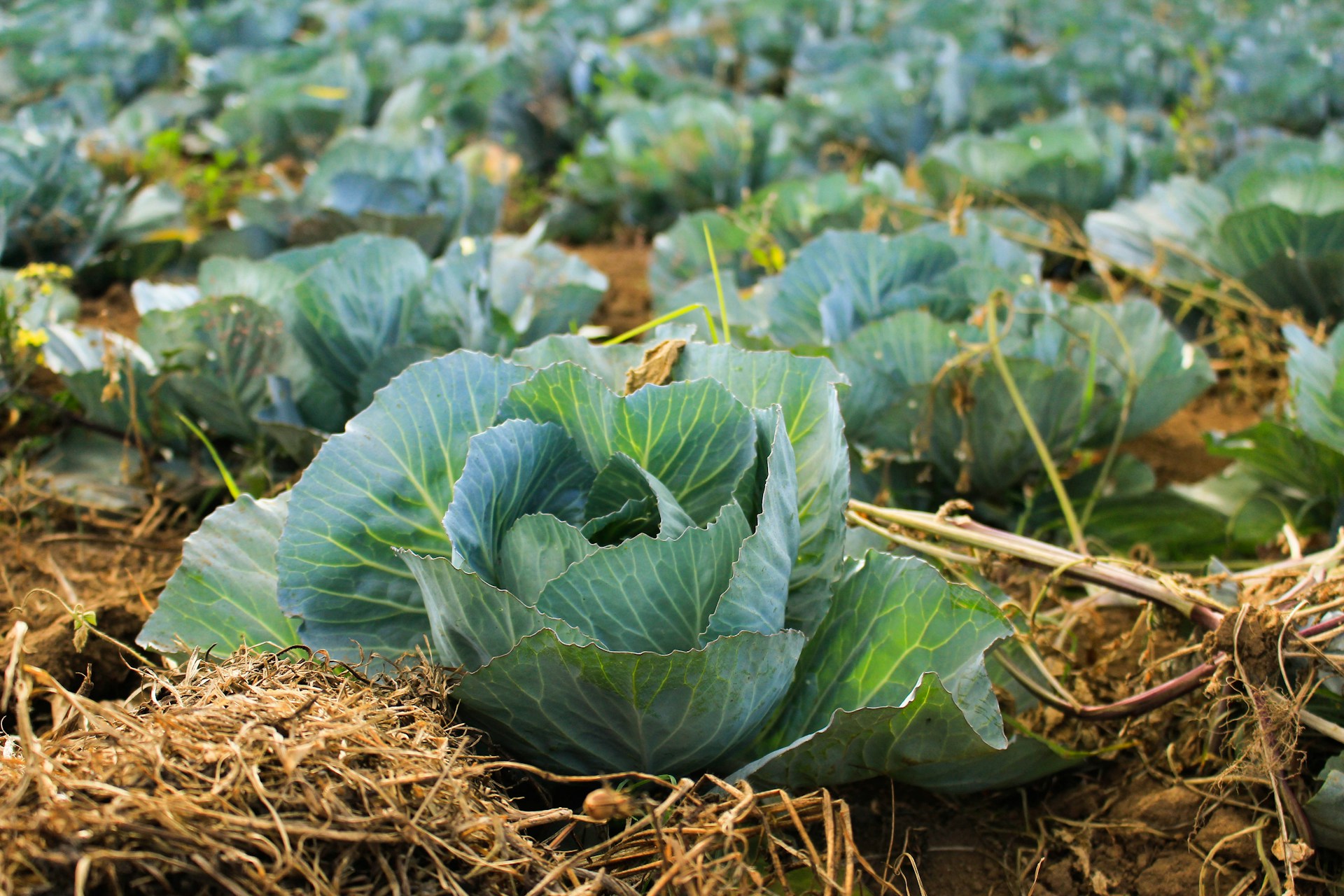Traceability within the realm of produce distribution has become an indispensable parameter in recent years.
The surge in global trade of fresh products has highlighted the critical role of advanced tools in maintaining this traceability aspect.
However, identifying the right set of tools isn’t as straightforward as one might assume.
Predominantly, it pivots on a range of factors including the size of the operations, type of produce, and specific regulatory requirements.
This blog aims to delve into these aspects and provide insights on high-performing tools.
The importance of adopting the best tool for effective traceability in produce distribution will be the central point of discussion.
Contents
Tools For Effective Traceability In Produce Distribution
1. Barcode and QR Code Scanners
In the arena of traceability in produce distribution, Barcode and QR Code Scanners play a paramount role.
These tools provide a solid basis for tracking products from their shipment source through to the end consumer.
One of the fundamental advantages that these scanners offer is speed and efficiency in recording and retrieving product data.
With a simple scan, vast amounts of information about the produce can be decoded, such as harvest date, packaging date, and any additional QA processes the product may have undergone.
This instant access to key product data greatly reduces error rates, compared to manual input methods.
This level of information fluency is critical in today’s fast-paced retail environment, where consumers demand transparency around the products they are purchasing.
Importantly, these scanning devices also allow for immediate reaction and remediation in case of product recalls.
They can swiftly locate affected batches and units, thus helping to limit the spread of potentially harmful products, providing a high level of food safety.
Moreover, using these scanners can significantly reduce labor costs associated with inventory management.
They eliminate the need for manual data entry, freeing up staff to focus on other critical aspects of the business.
Integration of these scanners with other systems such as Warehouse Management Systems (WMS) and Enterprise Resource Planning (ERP) software further streamlines the process.
Streamlining leads to automated data capture and real-time visibility into inventory levels, shipment statuses, and more.
From an operational perspective, the use of barcodes and QR codes simplifies the processes of receiving, put-away, picking, and shipping.
Each product or batch simply requires a scan upon each movement, automatically updating its status within the supply chain.
This helps in maintaining a balance in the inventory and reducing the chances of stock-outs or overstocks.
Ultimately, barcode and QR code scanners provide accurate, timely, and robust traceability mechanisms, crucial for efficient produce distribution.
Their technology upgrades and becomes more sophisticated, the information they can provide will continue to become more detailed and valuable.
2. Warehouse Management System
A Warehouse Management System (WMS) presents an essential tool for tracing goods effectively in the distribution of produce.
Implementing this software application, typically a part of a larger Enterprise Resource Planning (ERP) system, facilitates the process of managing and controlling goods from the moment of arrival at the warehouse until they leave.
Each stage in between, including storage, picking, packing and shipping, could be meticulously monitored and documented with a WMS, ensuring traceability.
The system greatly reduces the chances of human error and increases operational efficiency, thus assisting in maintaining a reliable stock control.
Advanced WMS may offer additional features such as a 3D warehouse map, labor and space management, and extensive reporting capabilities, bolstering warehouse operation and control, and in turn, traceability.
Moreover, an efficient WMS offers integrations with other tools such as barcode or QR code scanners and GPS tracking devices, providing in-depth visibility into the movement of products, furthering traceability.
These integrated systems not only provide real-time data on product location, but also information such as the condition of the goods, handling and storage specifics, and quantities at all points of the distribution process, which is invaluable for traceability.
By ensuring comprehensive traceability, businesses can swiftly track any product in the event of a quality issue or recall, providing quick rectification of the situation for the affected parties.
This traceability function of WMS also assists businesses in complying with regulations set by food safety and health authorities, as they require accurate tracking and tracing of food products to ensure public health and safety.
Furthermore, the system encourages the business to incorporate similar traceability techniques in other stages of its supply chain, creating a unified and efficient process from production to delivery.
Through detailed reporting, the management system can also provide insights into warehouse operations, helping businesses identify and tackle inefficiencies or bottlenecks, improving performance and effectiveness over time.
By keeping an accurate record of inventory and providing real-time data, the Warehouse Management System enhances prediction capabilities and aids in making data-driven decisions for inventory, staff, and space management.
Finally, by utilizing technology to automate these previously time-consuming and error-prone tasks, businesses can cut costs, reduce waste, and improve efficiency, ultimately driving productivity and profitability.
Therefore, in relation to the distribution of produce, the Warehouse Management System is more than just a traceability tool; it’s an integral part of effective warehouse operations and inventory management.
3. GPS Tracking Devices
Global positioning systems, or GPS tracking devices, play a pivotal role in the traceability of produce distribution.
In essence, these devices give an accurate and real-time geographical location of the cargo and its condition, be it fruits, vegetables, grains or any other items of agricultural produce.
Gone are the days when produce distributors would have to wait for days or even weeks to get updates about the location of their produce.
With the advent of GPS technology, they can have instant access to this information under their fingertips.
Reducing incidences of losses is one of the important benefits of GPS tracking devices.
In deciding the best course of action, the gathered information can be analyzed quickly; for example, a quick route change can be made in case of unexpected road conditions or other unforeseen incidents such as extreme weather conditions, minimizing perishable goods’ exposure to these potential risks.
In essence, with GPS tracking devices, distributors can make data-driven decisions to mitigate risks and increase the efficiency of produce delivery.
The traceability level provided by these intelligent devices goes a long way in creating a transparent supply chain.
This helps build customer trust as they are also able to monitor the movement of products.
Another advantage of GPS technology is its ability to provide a historical record which can be very useful for reviewing purposes, accuracy checking in inventory, and verifying delivery times and dates.
Furthermore, these GPS tracking devices help in optimizing routes.
The devices can provide data about various routes, and transporters can use this data to select the most cost-effective and time-efficient paths.
This, in turn, leads to reduced fuel costs and faster deliveries, indirectly affecting the price of the produce and its freshness upon arrival.
A high level of accuracy and effectiveness in real-time tracking provided by the GPS devices also help in avoiding theft and hijacking cases in transit.
To provide an accurate status of the produce condition during transport, some advanced GPS trackers are equipped with sensors for pressure, temperature, and humidity.
Reliable GPS tracking devices are a powerful tool in tackling the complexities in the realm of produce distribution.
With their innovative features readily helping in effective traceability, it is no surprise that they have become essential for distributors, retailers, and customers alike.
4. ERP Software
Enterprise Resource Planning (ERP) software is an essential tool used in managing the complexities of produce distribution.
It integrates several functions of an organization into a single system, streamlining the process of traceability in distribution.
ERP software is specifically designed to provide a holistic view of an entire business process, which includes purchasing, warehouse management, sales, and customer service.
By integrating all these functions, ERP software allows for real-time information sharing and increased visibility within the supply chain.
This software is particularly important in produce distribution as it ensures that products are effectively traced from farm to fork.
One of the main features of an ERP software in produce distribution is its ability to track the inventory in real-time.
It enables the growers and distributors to know the quantity of produce available at a given time thus, ensuring efficient distribution.
Furthermore, ERP software improves the ability to accurately forecast demand and plan for future needs.
This reduces cases of overproduction, waste, and ensures that the produce gets to the market while still fresh and viable.
In addition, ERP software includes tools for compliance management, which ensures that regulations are adhered to throughout the distribution process.
This guarantees the safety of the produce and builds trust with consumers who are keen on knowing the source of their food.
The software also offers an option for cloud-based solutions, which allows users to access data remotely, ensuring efficient operations despite geographical distances.
Finally, ERP software facilitates better relationship management with stakeholders such as growers, distributors, and customers by ensuring everyone has access to the same, accurate information.
Therefore, ERP software plays a significant role in enhance the traceability in produce distribution, leading to improved supply chain visibility, reduced wastage, and increased customer satisfaction.
While the initial cost of implementing the software might be high, the long-term benefits are immense in ensuring transparency and efficiency in produce distribution.
5. Digital Inventory Management Tools
Digital inventory management tools play a crucial role in ensuring effective traceability in produce distribution.
These tools provide real-time tracking of all inventory, making it easier for companies to manage their produce.
Using these systems, companies can monitor and update the status of their stock at any given time.
Moreover, they help to minimize losses that could occur due to expired or damaged goods.
Another significant feature of digital inventory management tools is their capability to alert businesses when inventory levels are low.
This feature facilitates timely restocking, which contributes to a more efficient supply chain process.
Digital inventory management tools are instrumental in enhancing the accuracy and efficiency of stock control, an element that is vital in the effective traceability of produce.
Additionally, these systems provide analytics that can help businesses make informed decisions regarding their inventory management.
Most digital inventory management tools integrate seamlessly with barcode and QR code scanners as well as other warehouse management systems, providing a comprehensive solution for managing stock.
They can also be programmed to automate routine tasks such as generating reports or scheduling deliveries, thereby saving resources and improving productivity.
Equally essential, digital inventory management tools can optimize storage space by coordinating the arrangement of goods in the warehouse for maximum efficiency.
Without a doubt, leveraging these systems can go a long way in thwarting oversupply and undersupply situations, which are both detrimental to the productivity of the company.
Finally, by providing a platform for tracking every movement of goods, digital inventory management systems guarantee absolute transparency in the supply chain right from the farmers to the consumers.
This transparency promotes accountability and can boost consumers’ trust in the produce they consume.
In essence, digital inventory management tools are indispensable in the implementation of an effective traceability strategy in produce distribution.
The Bottom Line
Harnessing the power of technology through solutions such as barcode and QR code scanners, warehouse management systems, GPS tracking devices, ERP software, and digital inventory management tools translates into significant operational efficiency for businesses.
These tools not only streamline processes but also reduce the risk of error, in turn improving the speed and accuracy of inventory management.
Paving way for a more organized, productive, and cost-effective business operation, these technological advancements in inventory management are indeed game-changers, ushering in a new era of improved logistics and supply chain management.




